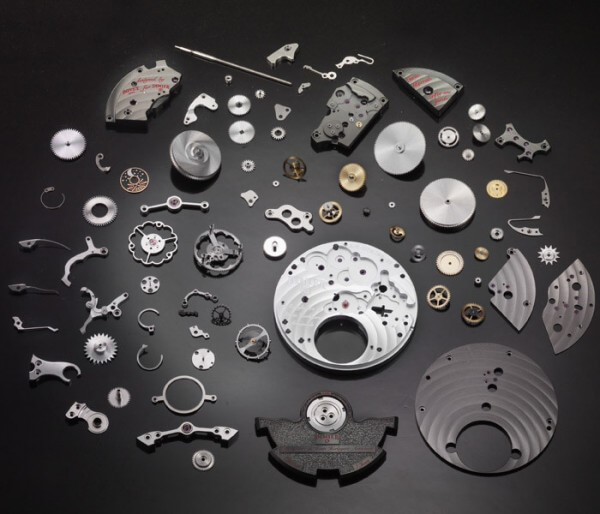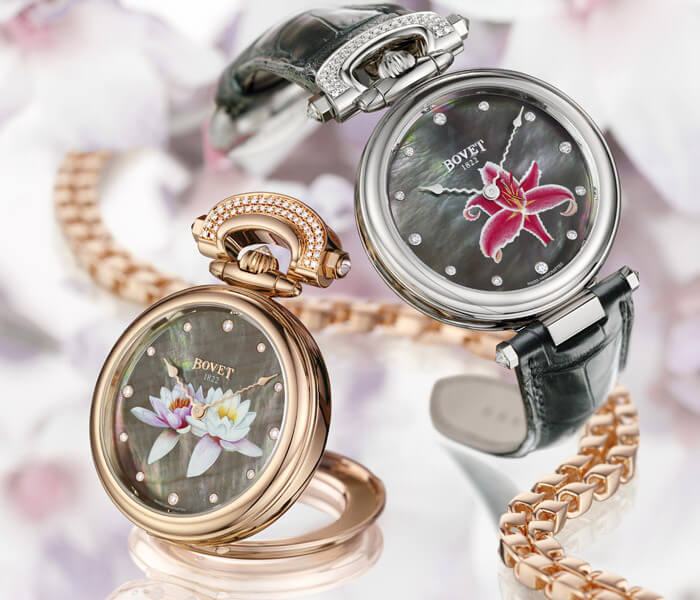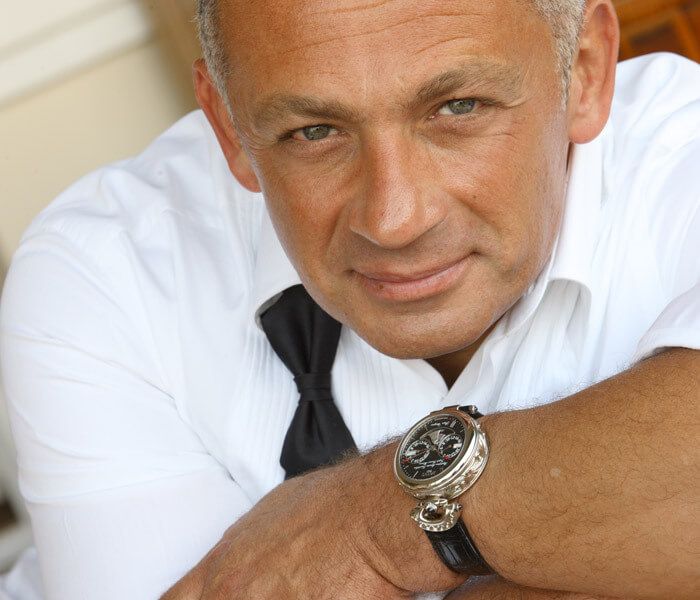A brand known for the distinctive aesthetic of its watches, Bovet integrated dial production and stone-setting in 2006. Continuing this logical development, that same year it extended its movement manufacturing capacity: the company already held a 25% stake in Aubert Complications, a specialist in additional modules, when its supplier STT came up for sale. Immediately, Bovet seized this opportunity to extend the scope of its expertise.
These acquisitions took Bovet into the elite circle of Manufactures, when in 2007 a new opportunity arose: Château de Môtiers, once the property of the founding family, was put onto the market. Acquired by Bovet, it was chosen for the brand’s assembly and movement decoration workshops. Since then, Bovet has spread across three wholly-owned sites: Geneva, also its head office, for dial manufacturing and stone-setting, Tramelan for movement production, and Môtiers for assembly.
An impressive fleet of machines
Tramelan is a cornerstone of Bovet’s vocation as a full-fledged Manufacture. When it took over STT, Bovet acquired more than a manufacturer of movement complications, as two other firms came with it: Aigat, a specialist in stamping, and Spirit which makes balance springs. Building on this momentum, Bovet launched Dimier 1738 which boasts a range of competencies few firms can match. More than 70 highly-qualified professionals in 40 trades work in a fully renovated space. The R&D division employs seven people, a considerable number for a company Bovet’s size. Its fast responses ensure that development flows smoothly.
The fleet of machinery is equally impressive. Precision-turning, CNC machining, fast wire and stamping all contribute to optimised production, as each part is produced using the most effective technique. Operations can be integrated into a global process or launched independently, as required. Very few Manufactures have the capacity to stamp parts, a traditional method that guarantees a high level of precision. The swages are made in-house, as are a number of other specialised tools such as for fitting or the machines that produce circular Côtes de Genève.

Integrated balance spring production
Dimier 1738 also employs specialists to cut the teeth of wheels and pinions, a skill which very few companies provide in-house. This, and burnishing of pivots, guarantees exemplary quality to the highest aesthetic standards. Equally rare is the in-house manufacture of balance springs, an additional expertise which Dimier 1738 boasts. The movements which are made in Tramelan are decorated on-site. Circular-graining, straight-line and circular Côtes de Genève, snailing, chamfering, chasing and engraving add to Dimier’s list of skills in complicated movement production. Each finished movement is subjected to stringent quality control. A discrepancy can be immediately resolved and improvements made at every stage.
All Bovet’s tourbillon watches and a range of exclusive complications, developed on proprietary movements, are manufactured at Dimier 1738. They become part of the Fleurier, Bovet Pininfarina or Dimier collections. Launched in 2007, this latter stands out for the traditional inspiration of its design. The round case extends into four characteristic horns and, like most wristwatches, features a crown at three o’clock.














